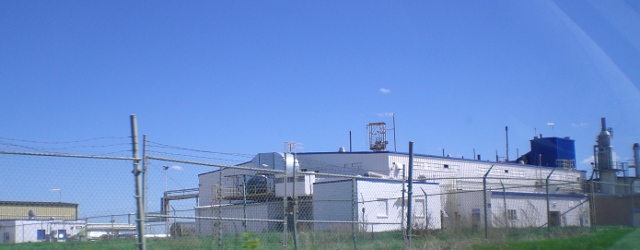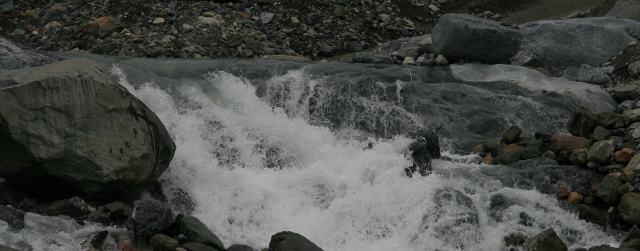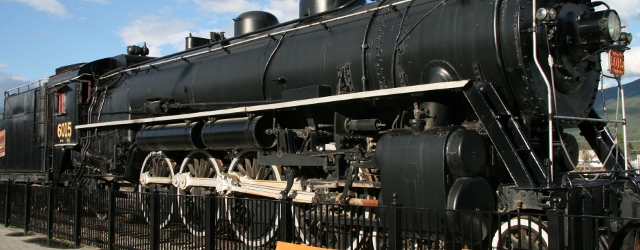We have previously discussed what resources are necessary to sustain an offworld colony on Mars, but not the specific technologies that are needed to provide for those needs. Developing or improving these technologies have filled the lives of many scientists and engineers for the past half century, and will enable the lives of Mars colonists. […]
Author: Kyle Laskowski
What are the necessities of an existentially independent offworld colony?
Self-sufficient human colonies beyond Earth are necessary for humanity to survive into the distant future. Building them will not be easy, as many scientific and technological challenges still remain. Here we will focus on what is needed to create an offworld society that is capable of surviving and thriving on its own. We’ll use Mars […]
Why humanity must build independent colonies beyond Earth
Humanity faces multiple existential threats that are planetary in scale. Currently, most threats are from nature, but in the near future we’re likely to create new risks. Most of these disasters could directly affect everyone on the Earth, but their destructive power cannot reach out across the void of space. A hypothetical independent human colony […]

Morph My City Report – Transforming Regina: Planning for 2040 and beyond
We’re releasing our entire urban design report on the city of Regina. Originally developed for the Morph My City design competition and the National Infrastructure Summit, this report contains our main insights into the future of Regina and other North American Cities.
Lifestyle brands: Selling people a constructed dream
Lifestyle brands are designed to create the impression that their product is part of a way of life that is desirable. They do this through connection to people’s employment, ethnicity, religion, class, region, etc. Lifestyle brands are artificially created value design to allow inferior or average products masquerade as superior ones.

Coal power: Pollution, politics, and profits
Burning coal releases heat energy, but it also releases many other products. Combustion products such as carbon dioxide, water vapour, nitrous oxides, sulphur oxides, particulate matter, and fly ash are also produced in varying amounts.

Nuclear Myth and Fact Project
Nuclear Power: Our First Major Project In October 2008, the Uranium Development Partnership committee was formed by the government of Saskatchewan. We noted that the mandate of the committee was to recommend the best ways for Saskatchewan to enjoy prosperity by developing nuclear industries. We also noted that the committee seemed to be filled primarily […]

Critique of Saskatchewan’s UDP Report
The Uranium Development Partnership (UDP) is a ministerial advisory committee established in October 2008 for the purpose of analyzing the economic feasibility of all forms of uranium development in Saskatchewan. On Friday April 3rd, the final report was released to the public containing recommendations to the government of Saskatchewan.

Energy Storage
Energy storage is the saving some form of energy for later use. Energy is critical to every accomplishment of humans. This energy can take many forms. Some examples include potential, kinetic, chemical, and nuclear energy.
Energy storage is critical to the stable function of a power grid. Inevitably, power stations have to be serviced or have failures. Even failures that are a fraction of a second can be disastrous for certain applications, such as monitoring systems for heavy machinery, computers, and other sensitive electronics. Stability of power is a key factor in the design of an effective power grid. Stability requires that there be backup systems in place in case of a baseline power failure. Energy storage is required for most backup systems to be effective.

Hydroelectricity
Hydroelectric power generation is the act of using moving water to generate power. Historically this was done using paddle wheels in streams to turn grinding stones for making grain flour. Today, most hydroelectric dams are of a larger scale. A hydro dam location is chosen because it has a large amount of flowing water that can exit the dam at a much lower height than it was taken at. As in a waterfall, the waters falling through the dam generators speed up and drive turbines, generating power.

Coal Power
Generating Electricity Coal is used to generate electricity by burning it. The heat is then used to run a heat engine, which utilizes water steam to turn electric turbines. Coal was the fuel that started the industrial revolution, and it’s use continues to grow today. Coal-fired electricity production accounts for more electricity than any other […]